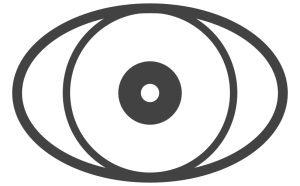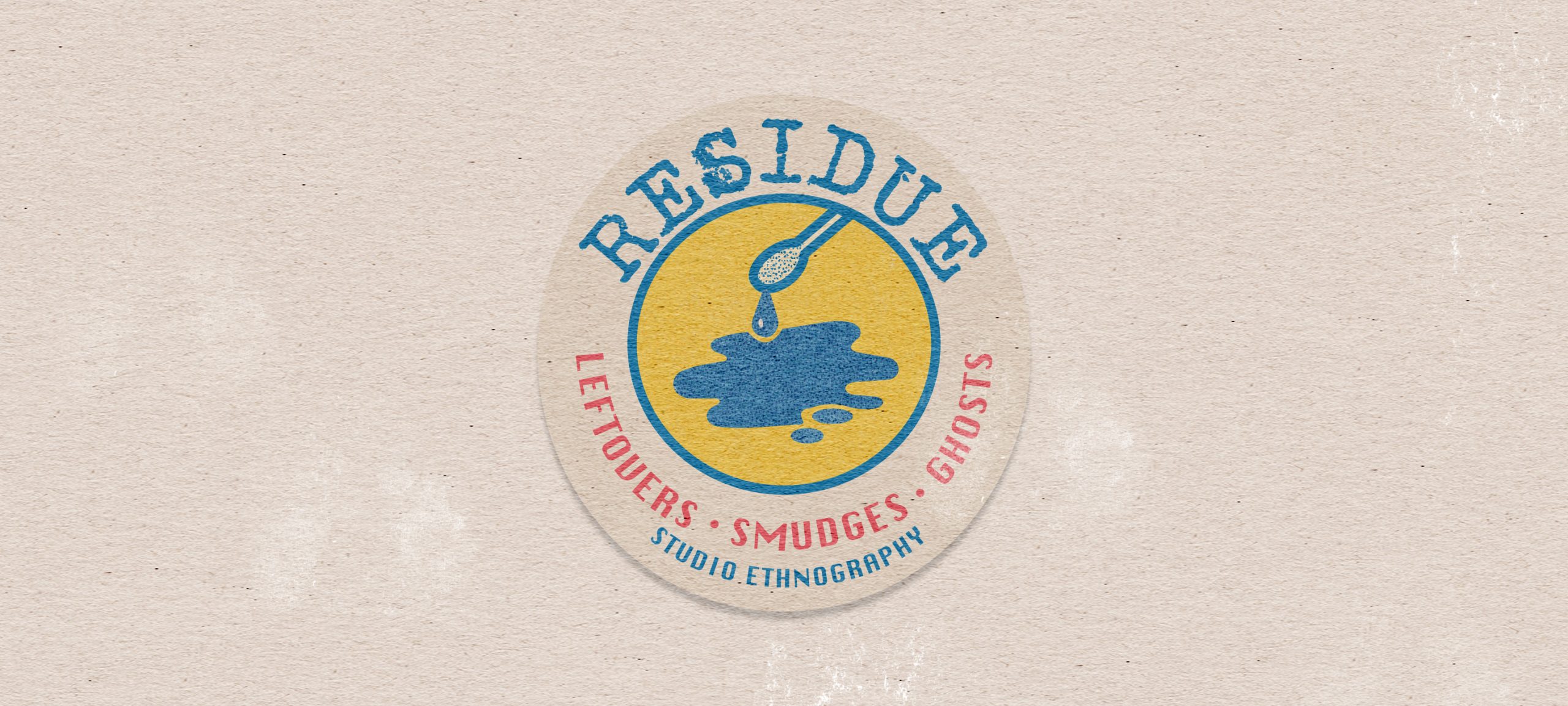From The Motif Series
Residue is what escapes completion. It is what seeps through the cracks of method, what clings to surfaces after the main event. In the studio, residue takes many forms: stains, smudges, fingerprints, dust, leftover ink. In ethnography, residue is the untranslatable remainder of encounter—the affect, smell, or silence that resists inscription. Thinking with residue means staying with these remains not as waste, but as matter that continues to act, long after attention has shifted elsewhere.
Philosopher Jane Bennett (2010) reminds us that matter is never inert; it vibrates, decays, and transforms. Residue exemplifies this vitality: a remainder that refuses to vanish, a trace that persists beyond control. Kathleen Stewart (2007) similarly writes that the ordinary world “leaks affect,” that the most mundane details—dust motes, scratches, gestures—carry force. The ethnographer, then, becomes a collector of residues, attuned to the material hum that underlies apparent stillness.
Sara Ahmed (2010) offers another angle through the concept of stickiness: how affects and meanings adhere to bodies and things. Residue is sticky; it binds us to what we thought we had left behind. A smell on a shirt, the dust on a desk, the sentence we couldn’t delete—each holds an afterlife. In your work on Alterecological Specimenography, residues of meat, oil, and blood are not simply evidence of decay but materials that register multispecies intimacy and contamination. They are the field’s own handwriting.
Elizabeth Povinelli (2016) writes of “geontological residues”: the leftover zones where life and nonlife blur. For her, residue is a political condition of the Anthropocene—waste that both sustains and endangers. To think residue ethnographically is thus to engage the ethics of aftermath, to recognize that our research materials themselves decay, leak, and decompose. The studio becomes a space for attending to these slow transformations—an archive not of permanence, but of corrosion.
Cultural geographer Gay Hawkins (2006) suggests that waste and residue are productive—they generate new social forms, economies, and affects. Residues gather, ferment, and reconfigure. They are not the end of a process but the beginning of another. For the studio ethnographer, this means allowing leftovers to remain visible: to work with the smear, the faded mark, the unclean edge as integral to method. Residue teaches that thinking and making leave trails; the work of care begins in attending to them.
Residue, then, is the ethnographic condition itself: an ongoing accumulation of traces, the persistence of what cannot be tidied away. To engage residue is to cultivate patience, to sit with incompleteness and transformation. Every project leaves a material and conceptual sediment—paper scraps, mental echoes, oily fingerprints. The studio is where these sediments are not erased but re-animated.
Studio Exercises — Working with Residue
Exercise 1: Stain Archive
Look around your studio for stains—on the desk, floor, tools, papers. Photograph five of them close-up. Print the photographs and label each with where and when it appeared, what caused it (if known), and what work was happening nearby. Arrange them into a small “stain taxonomy” on your wall. Observe over a week how new stains appear and old ones fade. Write a short reflection: What kind of labor do these residues record?
Exercise 2: Ink and Touch
Dip your finger in diluted ink or watercolor and press it onto a sheet of paper ten times, each time with a different pressure. Label each print with a word describing its feeling—hesitant, excessive, exhausted, tender. Let them dry. The result is a tactile index of your touch—an archive of bodily residue.
Exercise 3: Decomposition Log
Take a small organic object from your fieldwork context—a dried plant, food scrap, or piece of soil. Place it in a transparent jar with air holes. Observe it daily for a week, noting smell, color, condensation. Sketch or photograph the changes. This miniature ethnography of decay documents the slow transformation of material knowledge.
Exercise 4: Residual Writing
Collect discarded sentences or marginal notes from your drafts. Copy them onto a single page, one after another, without editing. Read it aloud. The result will be a residual text: fragmented, awkward, but rich in echoes. Highlight any accidental connections or unexpected poetry. Consider how what you left out continues to think through you.
Exercise 5: Smudge Map
Take one of your field notebooks and lightly rub graphite or charcoal along its edges, emphasizing where fingerprints or smudges already exist. Scan or photograph the result. Overlay it digitally with your original text to visualize where touch has concentrated. The smudge becomes a cartography of presence—a record of how attention lingers and departs.
References
- Ahmed, Sara. 2010. The Promise of Happiness. Durham, NC: Duke University Press.
- Bennett, Jane. 2010. Vibrant Matter: A Political Ecology of Things. Durham, NC: Duke University Press.
- Hawkins, Gay. 2006. The Ethics of Waste: How We Relate to Rubbish. Lanham, MD: Rowman & Littlefield.
- Povinelli, Elizabeth A. 2016. Geontologies: A Requiem to Late Liberalism. Durham, NC: Duke University Press.
- Stewart, Kathleen. 2007. Ordinary Affects. Durham, NC: Duke University Press.

